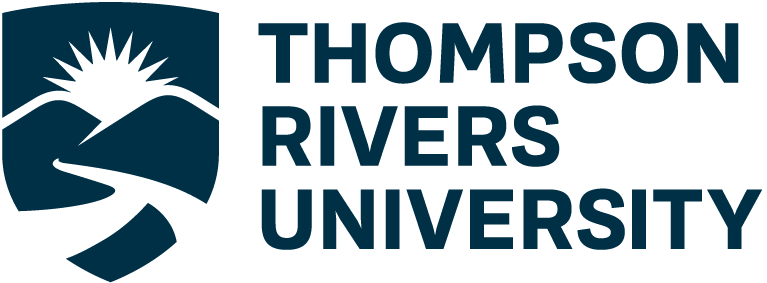CONNECT
Connect with people and resources for doing your research.

Who should you connect with when doing research?
One of the first steps in getting involved with research is to find a faculty member who you can partner with. Not only can they provide insight into the research process, but also ideas for a project, the scope of the research, and additional resources to get you started. Here’s a guide to get you started with picking a research supervisor!
Other people that you can connect with on campus are students who are more experienced in research and those with similar interests. Students who have already done research can help you overcome some of the barriers to research, provide advice from a first-hand perspective, and create a sense of belonging at TRU. A multidisciplinary team can bring creativity to your research and help you enrich your research experience by learning new techniques. Here’s a directory of undergraduate researchers for you to explore!
CURN | Behind the Research: Keilin Gorman
Research takes many forms, take a look at the human behind the research with our Research Ambassadors at Thompson Rivers University, Kamloops BC.
Filming and Editing by CURN Co-Creator: Elliott To, TRU Law


